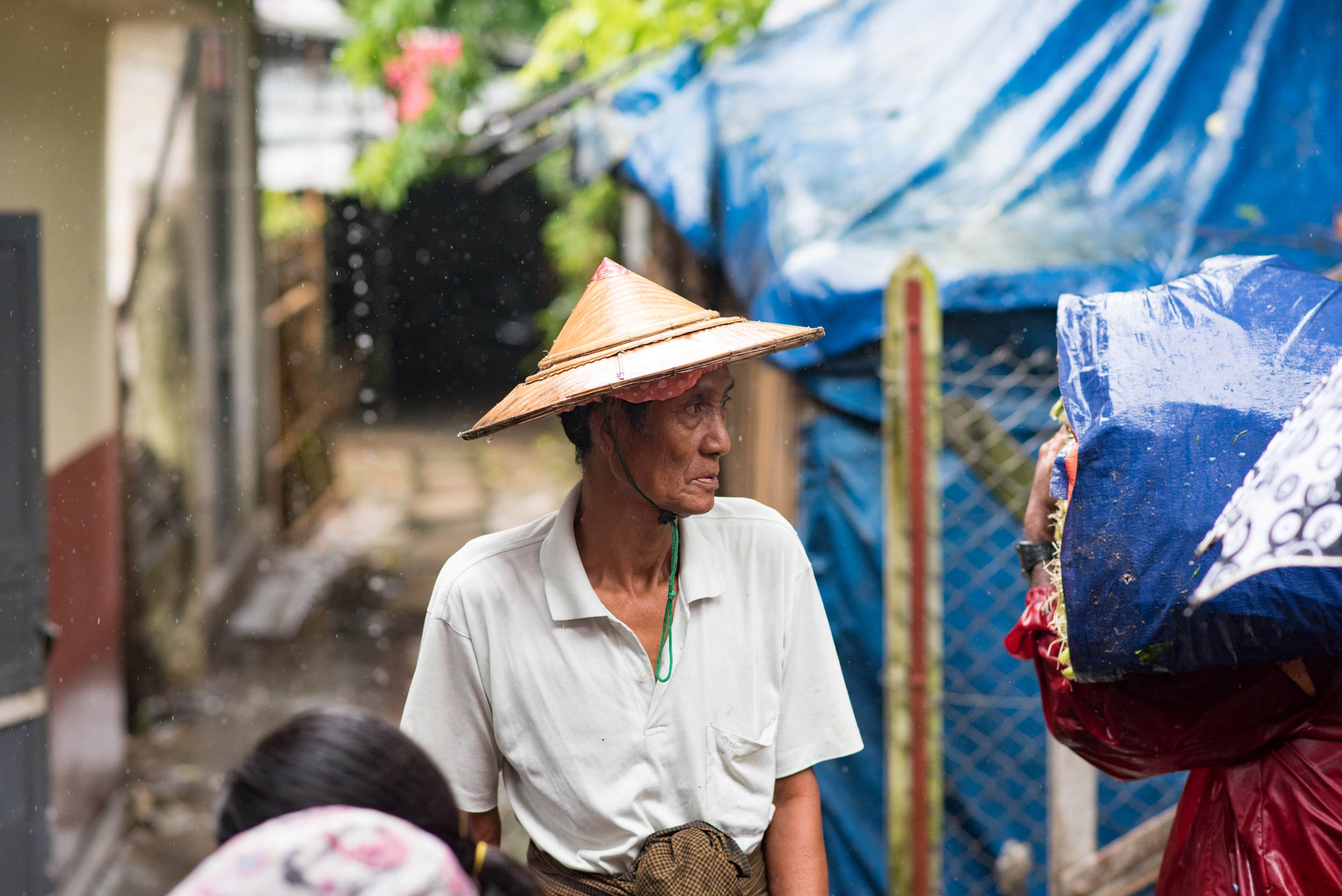I arrived in Yangon, Myanmar, not quite sure what to expect. I’d heard rave reviews from other travellers as they relished in the somewhat unspoiled, though certainly well-trodden, backpacker trail. Having only recently opened up (some) borders in 2012, Myanmar is one of those places snobby travellers will brag about visiting before it “got big.” No matter how far you may travel across the globe, hipsters will be hip.
Anyways, there’s not a whole lot on offer in Yangon, a city that contrasts many other cities in Southeast Asia if not simply because there are no motorbikes. I had not seen such a large amount of cars crammed together in quite some time, making for some longer than expected cab rides around town. There’s a clear Indian influence that’s much stronger in Myanmar than the rest of the countries I’ve visited, as evidenced by the much darker skin complexion, the ubiquitous chewing tobacco-like paan carts, and the lungis worn by nearly all men. The people are almost universally friendly and pleasant, speaking more than serviceable English. The touts have yet to master, for the most part, the tourist scams and tricks so common in the rest of Asia, and I found myself a bit shocked by the fact that not everything could be bartered for.
The main sight in the city is the Schwedagon Pagoda, a towering gold pagoda that stands out as the most awe-inspiring of all I’ve seen thus far, which is a lot of pagodas, mind you. The top ornament contains something like 1800 carats worth of diamonds, along with many other jewels and gemstones. Throw in throngs of monks and pilgrims alike, worshiping at the many smaller shrines surrounding the giant spire, and it’s tough not to appreciate the splendor of it all.
The highlight of my time in Yangon however, wasn’t necessarily a sight in itself, but an experience. I boarded the 3-hour Yangon Circle Train, a commuter loop through the city and its surroundings, with my 15-cent ticket and wide eyes. The journey brought me through the daily lives of the local people, as commuters jumped on and off with everything from fruits to flowers and hats to hardwares. Vendors set up shop at nearly every stop, ready to sell the daily necessities to exiting passengers, before jumping back on the line again. The scenery changed from concrete mazes to markets to rice fields. It felt as though at each stop I opened a door to a new world, a new reality for each of the individuals I caught a glimpse of, before the rickety rumble of the train started again, slamming shut that door that would never be re-opened for me. I watched female monks count stacks of bills, babies take in the scene from the lap of their mothers, faces covered in the traditional Burmese makeup, spring roll vendors pass through the lanes of the carriage, children reach out windows to grab passing branches, and laborers waist deep in flooded rice fields, all through a distorted lens from a steady, incessant rainstorm. People stared, and people smiled, as I hung outside the carriage at each stop, taking in the view from my temporary front porch for the day.
“Where are you going??” confused locals would yell from the platform as the train crawled away. I’d give them a finger twirl signifying I was going all the way around, and they’d smile, with a thumbs up and a wave. Around I went, not concerned with the time that passed or where the next stop brought me, as I knew I’d experience something to cherish, to appreciate, to remember. I let their world come to me, with eyes glued, ears open, and face exposed to the passing wind, knowing that the stinging rain drops and the dastardly smells and the sometimes unpleasant sights were all part of experiencing the mystical beauty of a life and a world that, on the surface, was so foreign to mine.
What was I saying about a train?




